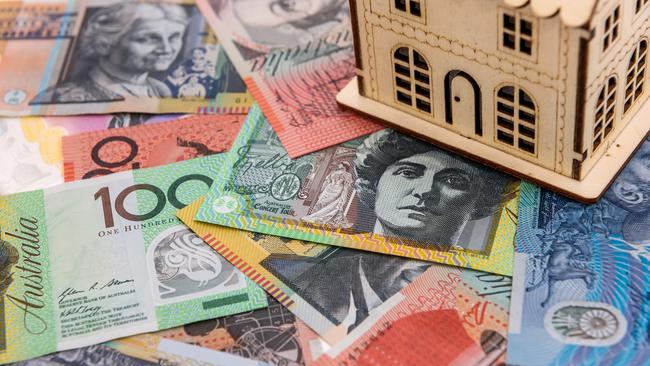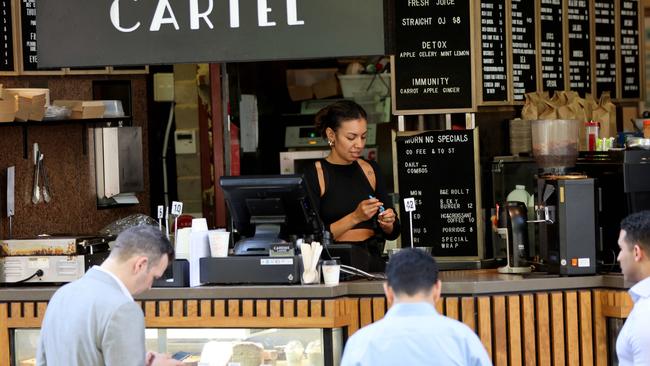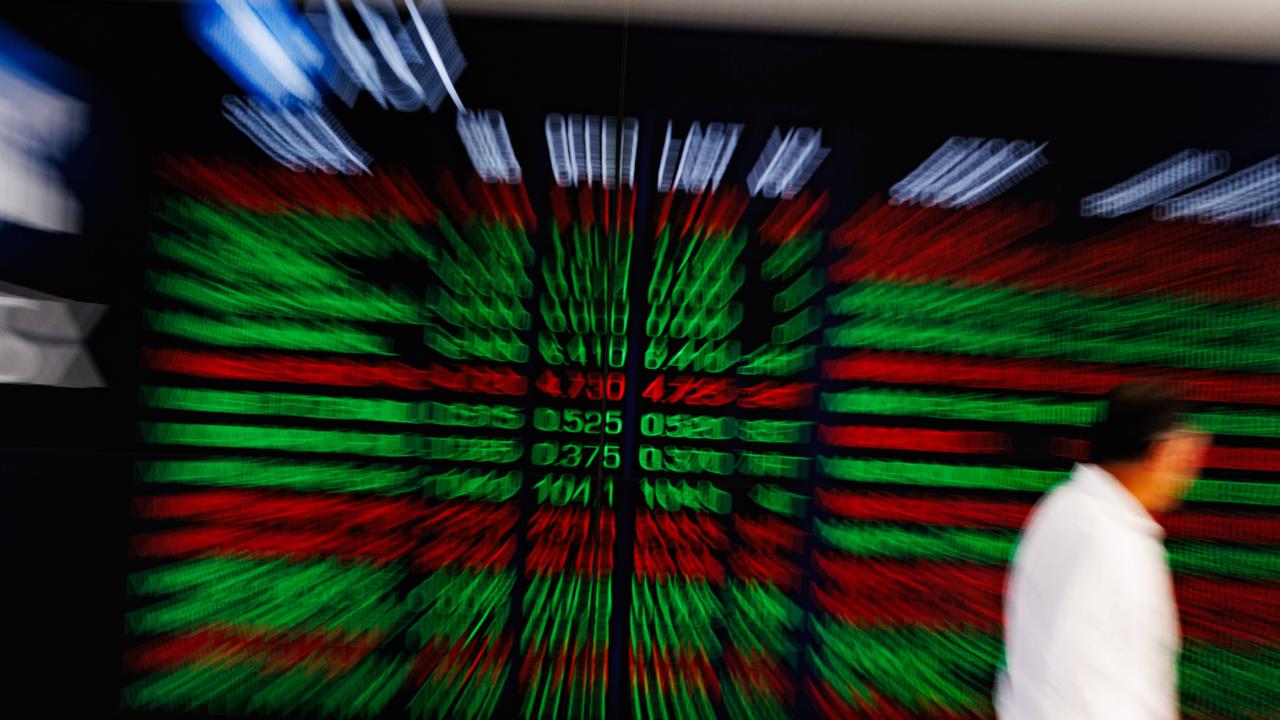Stronger than expected jobs data adds to expectation RBA will lift rates again
Fresh data will have homeowners bracing themselves ahead of the Reserve Bank’s interest rate meeting next month.

Stronger than expected jobs data is expected to add pressure on the Reserve Bank to hike rates once again when it meets next month.
The unemployment rate dipped back to its 50-year low of 3.5 per cent in June after creating more than twice the expected number of jobs in June (32,600), according to the Australian Bureau of Statistics
Economists had predicted the official jobless rate would either hold steady at 3.6 per cent or tick up to 3.7 per cent, indicating the 12 interest rate hikes had led to a cooling in the labour market.
But the figures, released on Thursday, defied forecasts. Strong jobs growth pushed the unemployment rates in NSW and Tasmania to its lowest levels on record, at 2.9 per cent and 3.5 per cent respectfully.
BIS Oxford Economics head of macroeconomic forecasting Sean Langcake said the data all but baked in expectations the central bank would raise the cash rate in August.
“Labour market indicators are in a very strong place right across the board. The employment-to-population ratio is historically high, while unemployment and underemployment are at, or near historic lows,” he said.
“This is unambiguously good. However, the strength of the labour market will continue to keep upward pressure on wages and inflation.
“The Reserve Bank is not in a position where it can tolerate any upside surprises to the inflation outlook, and we expect to see two more rate hikes in the coming months.”
CreditorWatch’s chief economist Anneke Thompson said the data left little room to move for the RBA.
“Next week’s monthly inflation figure will now be even more crucial to the outcome. At this point, we still err on the side of another increase at the August meeting,” she said.
The central bank board flirted with the idea of raising interest rates when it met in July but ultimately pressed the pause button holding the rate at 4.10 per cent, arguing the full effect of the rapid tightening cycle had yet to be felt.
Since May 2022, the RBA has lifted the cash rate from a record low 0.1 per cent in a bid to tackle soaring inflation.

Fresh quarterly inflation data will also be released next week. In the March quarter, inflation fell from its peak of 7.8 per cent to 7.0 per cent.
Among the reasons the RBA said it held cash rate steady at 4.10 per cent was the concern that households could further reduce spending, pushing the unemployment rate higher than needed.
“The squeeze of many households’ finances would … encourage households to save more which would affect consumption,” the board minutes from the July 4 meeting said.
“If that were to occur, the demand for labour would slow and the unemployment rate would be likely to rise beyond the rate required to ensure inflation returns to target.”
More than a million more Australians are employed now than before the pandemic, ABS head of labour statistics Bjorn Jarvis said on Thursday.

“In addition … a much higher share of the population is employed. In June 2023, 64.5 per cent of people 15 years or older were employed, an increase of 2.1 percentage points since March 2020,” he said.
Mr Jarvis said Australians are also now working more hours than before as the number of hours worked continues to outstrip employment growth over the last 12 months.
“The strength in hours worked since late 2022, relative to employment growth, shows the demand for labour is continuing to be met, to some extent, by people working more hours,” he said.
While Employment Minister Tony Burke lauded the “wonderful” figures as a win for the government, shadow treasurer Angus Taylor said Australians were now working “more for less”.
“That we see in these numbers is Australians working more for less. What we see is a 5.6 per cent increase in hours worked over the last year,” he said.
“That is exactly the opposite of what we need to see at a time like this where we need downward pressure on inflation, upward pressure on real wages, and we want to see that strong labour market translate into better outcomes for all Australians.”
More Coverage
Originally published as Stronger than expected jobs data adds to expectation RBA will lift rates again



